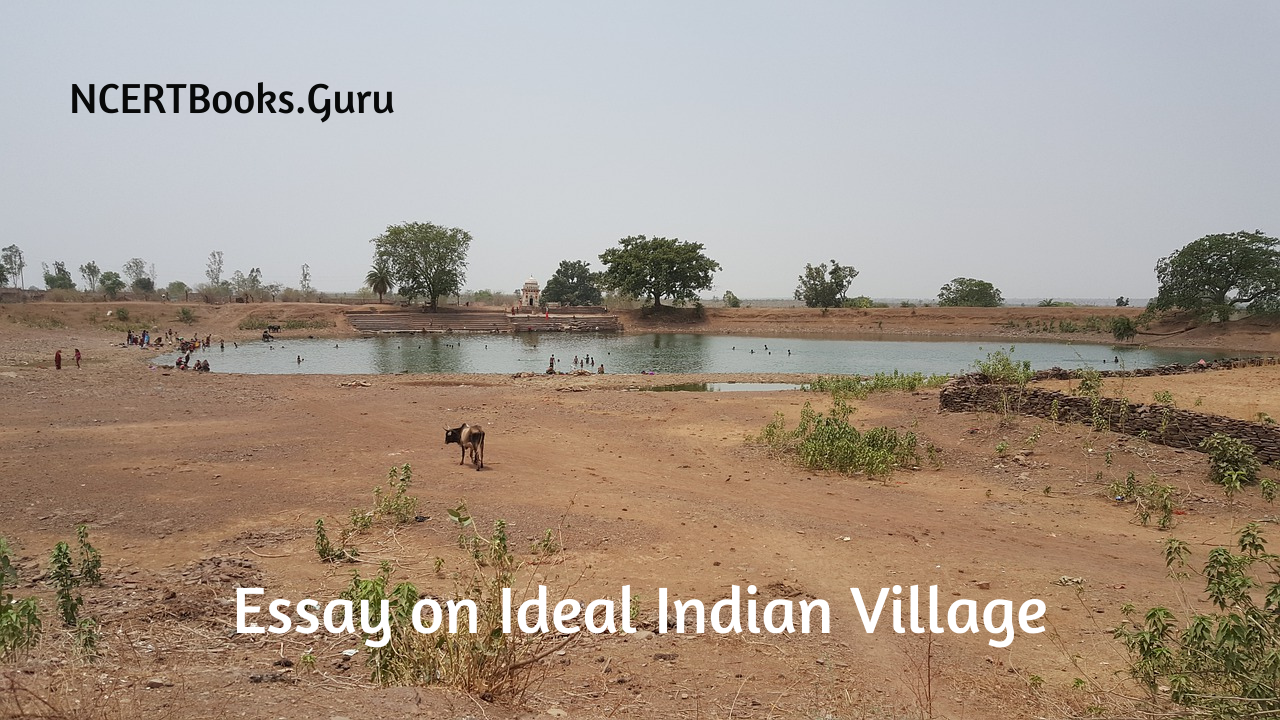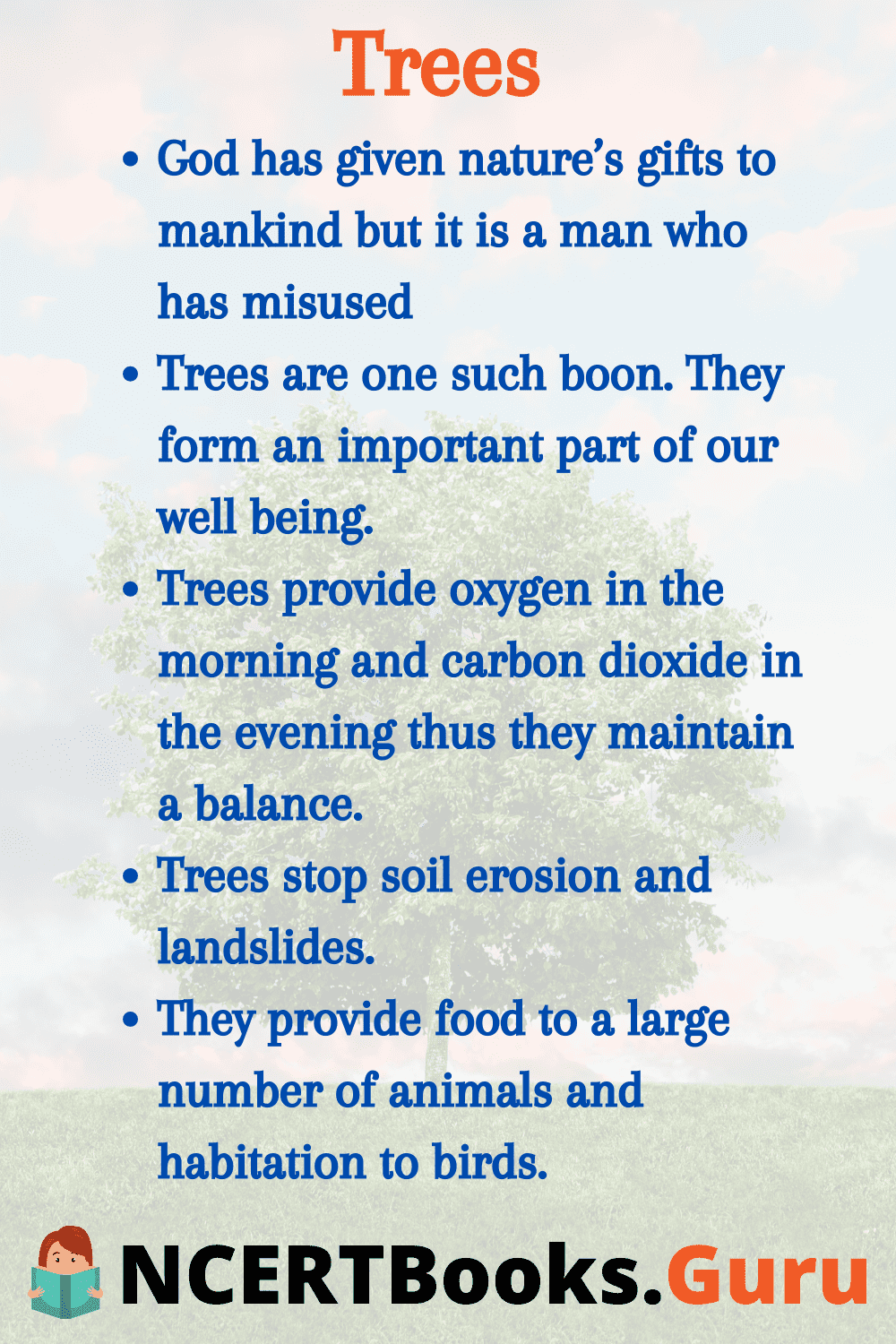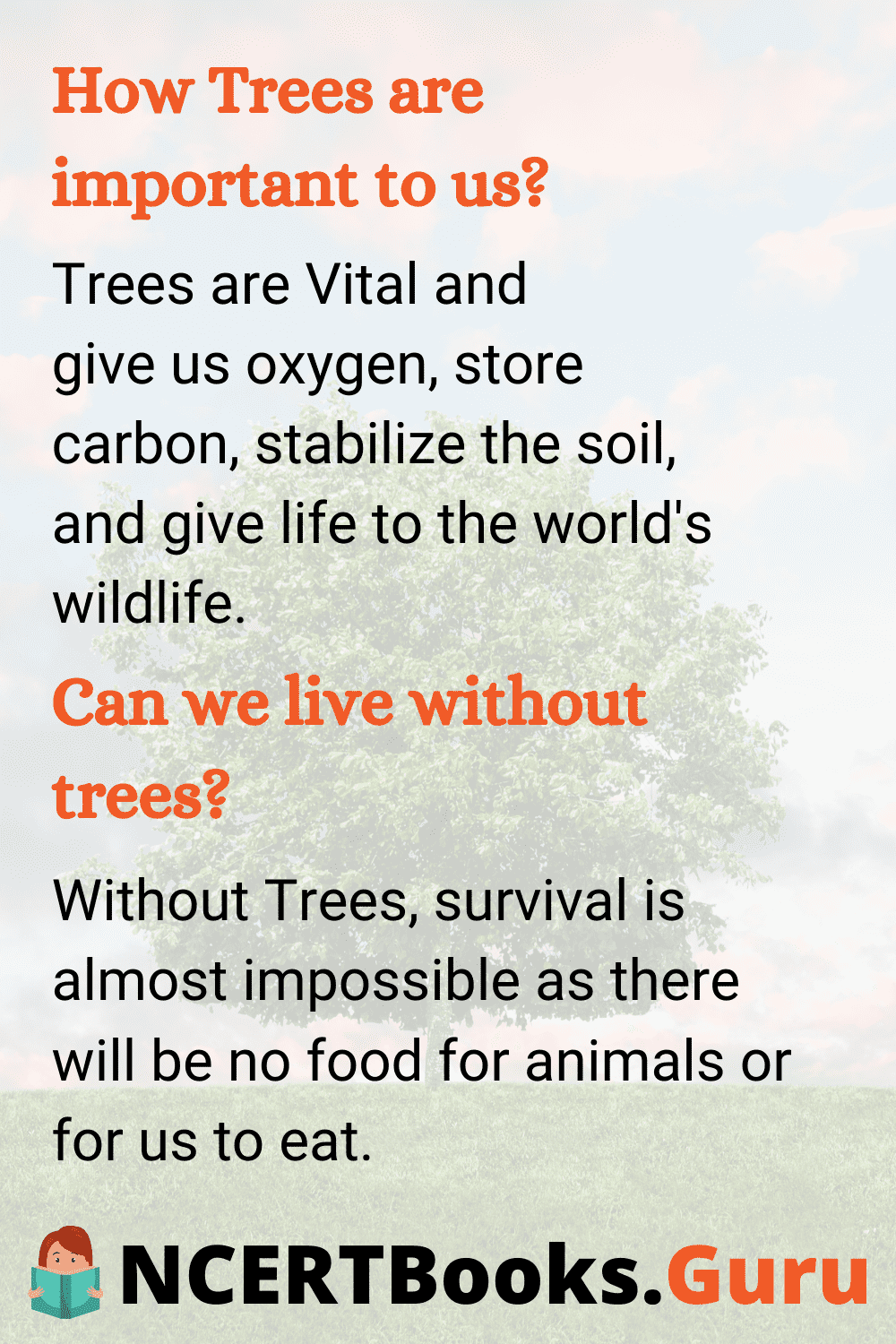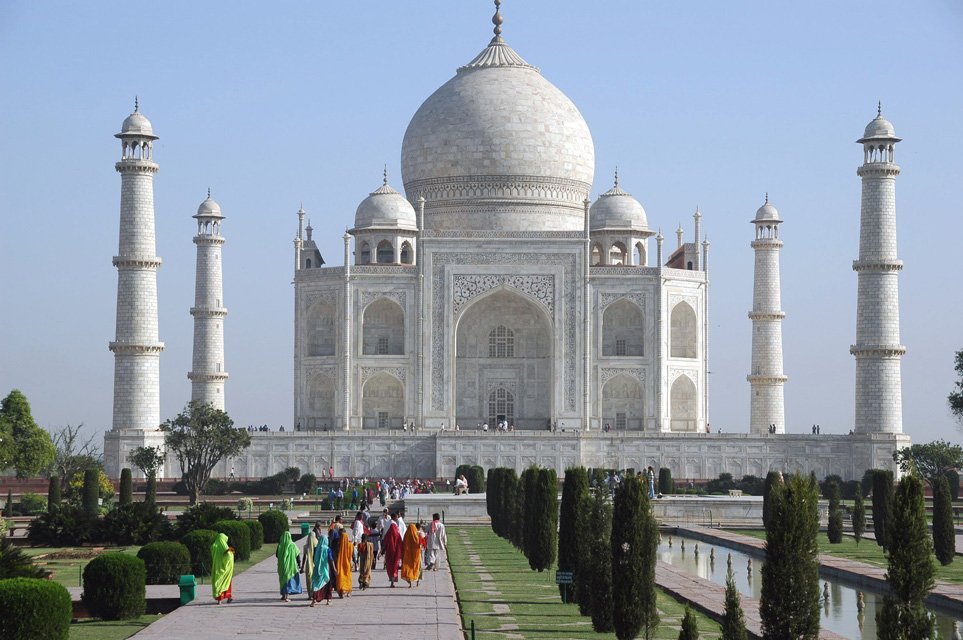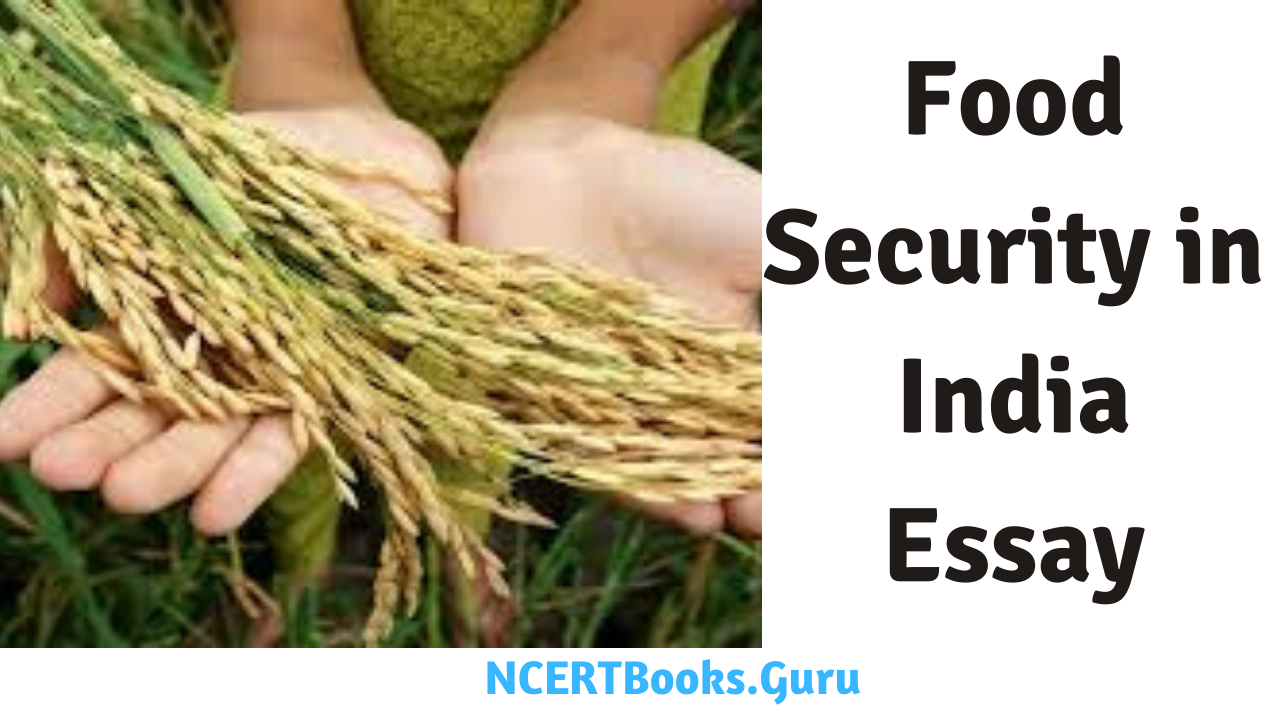Essay on Ideal Indian Village: There is absolutely no harm in at least dreaming the best at least in thinking what the ideal shape of things can be. To picture an ideal village can be one such dream, which if ever realized would turn our country as model for the other developing countries.
The village is the last and the lowest rung of the ladder of our social set up. The majority of our population lives in the villages and let us plan what an ideal village could be.
- Long Essay on Ideal Indian Village 500 Words in English
- 10 Lines on Ideal Indian Village
- What is an ideal village?
- What are the characteristics of an ideal village?
- Which is the most developed village in India?
- Where can I get an Essay on Ideal Indian Village?
Long and Short Essays on Ideal Indian Village for Kids and Students in English
Given below are two essays in English for students and children about the topic of ‘Ideal Indian Village’ in both long and short form. The first essay is a long essay on the Ideal Indian Village of 400-500 words. This long essay about Ideal Indian Village is suitable for students of class 7, 8, 9 and 10, and also for competitive exam aspirants. The second essay is a short essay on the Ideal Indian Village of 150-200 words. These are suitable for students and children in class 6 and below.
Long Essay on Ideal Indian Village 500 Words in English
Below we have given a long essay on the Ideal Indian Village of 500 words that is helpful for classes 7, 8, 9, and 10 and Competitive Exam Aspirants. This long essay on the topic is suitable for students of class 7 to class 10, and also for competitive exam aspirants.
To begin with, an ideal village should be one which can easily be reached. Link roads durable and well constructed should connect this village with the main highway. This would enable the villages to have easy access to the towns and the town markets. Trucks and tractor-trolleys could then move to and from the village and the economic life of the village folk would vastly improve only by this one factor. On this one basic improvement depends the entire life of the rural folk.
When the economy would improve people of the village can voluntarily feel the need to have a school for children. The government agencies would come to their help in finding a properly built school at least up to the higher secondary level and teachers, who at present shudder to go the inaccessible villages, would easily and readily go and teach in such a school. Education is the basis of all enlightenment.
Economy having improved and children provided with education — this would lay the foundation of an enlightened future society. Agriculture — the main source of the rural income will have all the resources ready at hand fertilizers, seeds of the best variety, and pesticides and then the experts in this field could easily reach them to give the right proper advice in their proper and timely use.
Electricity is still another need for an ideal village — it would help in the working of the tubewells, lighting the lanes and homes, and make life more comfortable in every way.
The ‘panchayats’ would be the nucleus of active constructive working of the villager’s welfare. Members of these ‘panchayats’ would encourage the village folk, in general, to keep lanes in proper shape and the drains along with them properly cleaned. There would be soak- pits and manure-pits dug up to absorb the drain effluents and the home refuge to convert them into healthy manures.
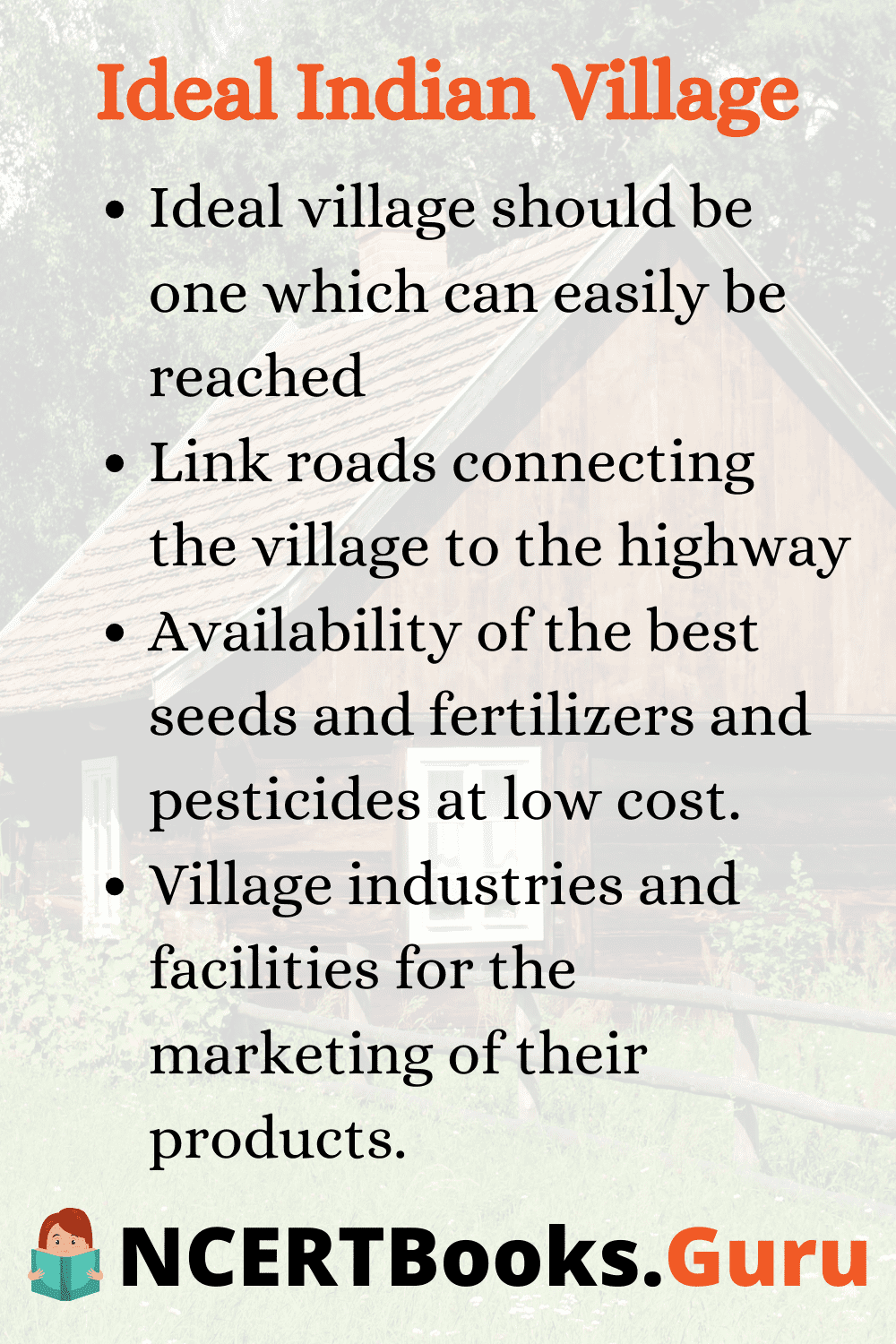
From animal dung, biogas power plants could be built up which could supply gas as well as electricity to the houses and relieve the women folk from the dangers of smoke-caused diseases. Every home will have the gas- supply and that would make life so free from pollution and pollution-caused in hygiene. The village would present such a pleasant and healthy look, offer so much of employment to villagers that they would not think of migrating to the towns in search of employment.
The ‘Panchayat Ghar’ could be converted into a community center where a television set could be put up and after the day’s work, the rural folk could congregate to enjoy shows as well as to hear to talks and discourses on the latest techniques in improving agriculture. They can also watch movies and serials and listen to national and international news.
Village industries would get set up, village markets would begin to be held; implements of daily use could be manufactured and repaired, tractors could be repaired and overhauled. Running to the towns for getting little petty jobs done would be avoided the service would be there at their doorsteps.
This is what an ideal village would be and could be. What is needed is to infuse a new spirit and present a new vision to the village folk. They would work it out; they have the energy it only needs to be channelized in the right direction. Let first a model village be so formed others would feel inspired to follow suit. That would really be a great day for our motherland.
10 Lines to Remember Essay on Ideal Indian Village
- We, at least, should dream and plan the best no harm in doing so.
- What should an ideal village have?
- Link roads connecting the village to the highway — such a road on which trucks and tractor trolleys can move.
- A school for children at least from the primary to the higher secondary level.
- Availability of the best seeds and fertilizers and pesticides at low cost.
- Electricity — to help to work the tubewells and canals.
- Panchayats to really work for the welfare of the village proper sanitation clean lanes and clean drains, manure pits, and soak pits.
- Biogas to provide gas to the kitchens and lights in the streets.
- Village industries and facilities for the marketing of their products.
- Workshops for the repair of tractors and trolleys.
All these, if made available, the village would turn an ideal habitable place.
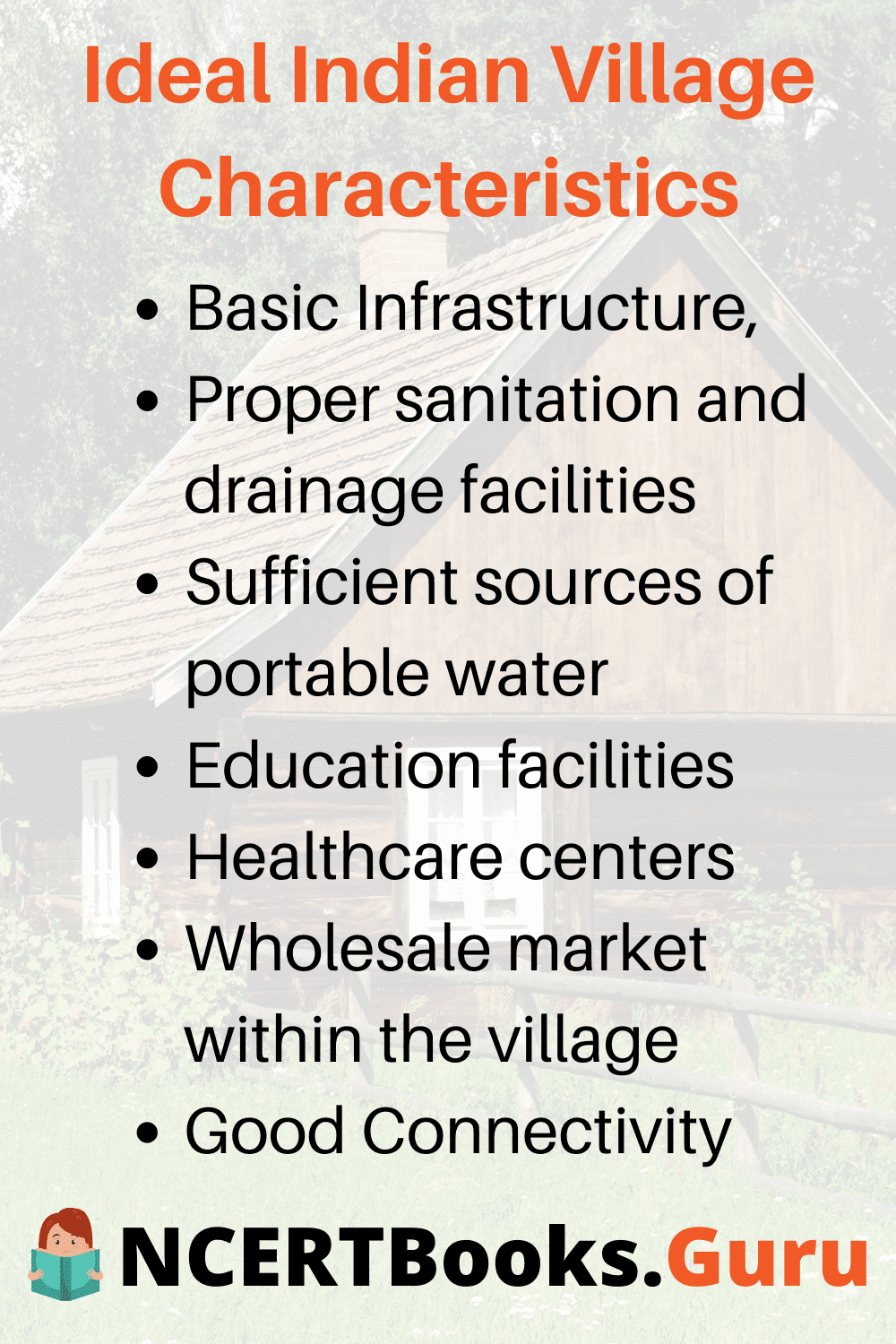
FAQs on Essay on Ideal Indian Village
An ideal village has a good system of sanitation and drainage.
2. What are the characteristics of an ideal village?
An Ideal Village should have Basic Infrastructure, proper sanitation, and drainage facilities, sufficient sources of portable water, education facilities, healthcare centers, etc.
3. Which is the most developed village in India?
Punsari Village is one of the most developed villages in India and also received the award for ‘best village in India’.
4. Where can I get an Essay on Ideal Indian Village?
You can find Long & Short Essays on Ideal Indian Village in simple words from our page.
